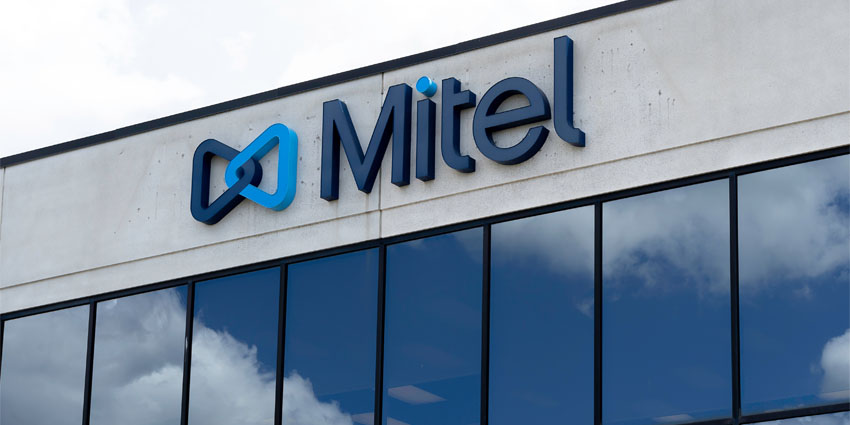Thanks to an incredible opportunity to attend UC EXPO 2017 this year, I was given the chance to learn more about the developing unified communications industry from some of the leaders in the market place. Not only did I have a chance to attend some amazing presentations, but I also got to sit down with some of the market-leaders who are leading the way for communication and collaboration changes today.
As part of my exploration into Cisco, and the development of this world-leading brand, I sat down with Andy Brocklehurst, Head of Collaboration for EMEAR at Cisco to talk about Cisco Spark, and where the company is headed next. Andy has been working with Cisco for more than 11 years, and comes from a rich PBX background, linked to other leading companies like Avaya.
What Does Collaboration Mean to Cisco?
Following a recent presentation made by Cisco at the UC EXPO, I was keen to learn more about what the term “collaboration” really means to Cisco, and why the brand is focusing on moving away from UC, and into the world of Collab.
Andy Brocklehurst told me that recently, the company has been focusing less on the over-arching theme of Unified Communications, and more on what collaboration means in the eyes of the customer. To Cisco, that means creating a more delightful, seamless, and simple experience in the meeting space. “The move to collaboration is about focusing on how people meet, talk, and share information. We’re bringing our attention to people, not just technology.”
For Cisco, the vision for this more connected world began around four years ago, developing on top of a need for a “common collaboration experience that spans all different modes of communication.” The company are hoping to make meeting experiences more consistent, regardless of which device you access a conference from. Very few vendors up until now have been able to offer a UCC solution that truly unifies all resources for a more seamless working solution.
For Cisco, it was Spark that took the brand to a place where true collaboration became more possible. According to Andy, the Cisco strategy for collaboration is based on three key pillars that are all about the user:
- The first pillar is User Experience (UX): Andy noted that other big-name brands in the industry do well when they deliver simplicity. When applications are clunky, user experience and adoption suffer
- The second pillar is cloud connectivity: Andy pointed out that this doesn’t mean that everything Cisco does is moving to the cloud, instead, it’s about offering cloud, premise, and hybrid solutions based on what their customer needs. “If a user buys a perpetual license with on-premise solutions then moves to the cloud, their license moves with them.”
- The third pillar focuses on value extension: For Cisco, value extension is about embedding applications into business processes. If customers are using Salesforce, their Spark apps are already inserted into the Salesforce process, and vice versa
The Mission
As Andy was keen to point out, the world of UC has moved beyond complex solutions to complicated problems. Today, we’re all about focusing on simplicity, that’s why for Cisco, value extension has evolved into things like adoption services, training, and helping people to understand ways to make the most of their collaboration.
“The mission is to deliver a simple collaboration experience into every room, desk, and pocket. The big emphasis continues to be on offering a delightful user experience. If the user likes what we provide, and sees value in it, then they’re happy.”

This user-experience first strategy should be underpinned by Cisco Spark. Lately, it may seem as though Cisco have placed all of their focus around Spark, but it’s worth noting that this is because Spark is the blanket that holds all of the Cisco offerings together. You’ve still got cloud-connect video, call control, meetings applications, and more, all behind the Spark app. The other things associated with Cisco haven’t disappeared. Instead, Spark has become the umbrella that covers everything, and connects the pieces together.
I was eager to find out how Andy felt the delivery of the Spark Board impacted their relationship with their customers. He commented that when Spark first arrived on the market, people saw it as an application suite, rather than the platform it is. However, with Spark Board, customers are more able to visualise what their meetings could be.
“Spark Board is helping people to understand the opportunities that Spark delivers. For the traditional partner community, Spark Board is making the transition from on-premise to cloud easier, because it delivers something that can be seen, touched, and interacted with.”
What’s Next for Cisco?
Cisco are one of the many companies who have started to make the move into disruptive technology more aggressively. They recently introduced the concept of Spark VR where people could use virtual reality headsets to communicate with Spark Boards and meeting rooms. Andy went on to suggest that those virtual reality solutions will probably come to be linked with things like Augmented Reality (AR), AI, and IoT.
From a collaboration perspective, Cisco has a range of opportunities available to them, which they are currently exploring not just with the development of new apps and solutions, but also with new partnerships and acquisitions too. For instance, their video solution now does employee cam, which allows businesses to look at room optimisation. The next step for that will be facial recognition, which could mean that apps begin to welcome people into the meeting room.
As a leader in the world of collaboration solutions, we can only wait with bated breath to see what Cisco delivers next.







